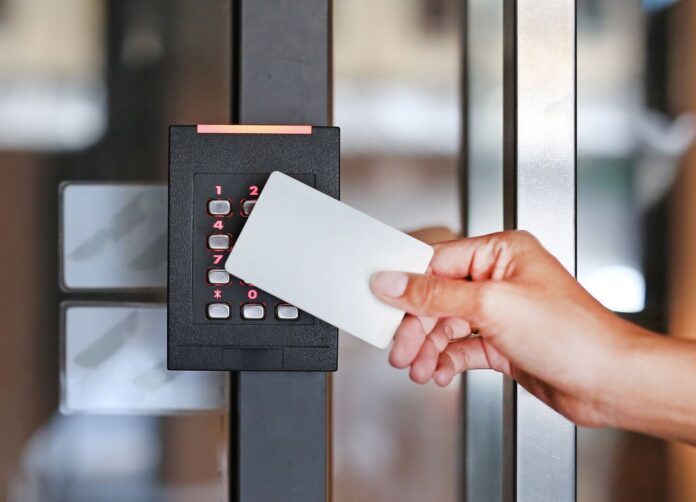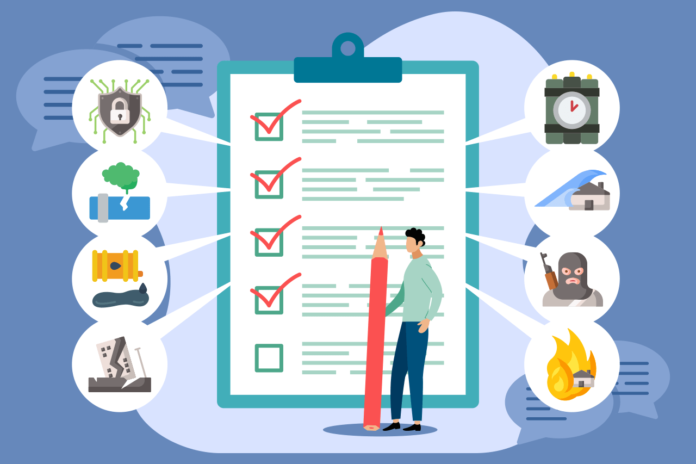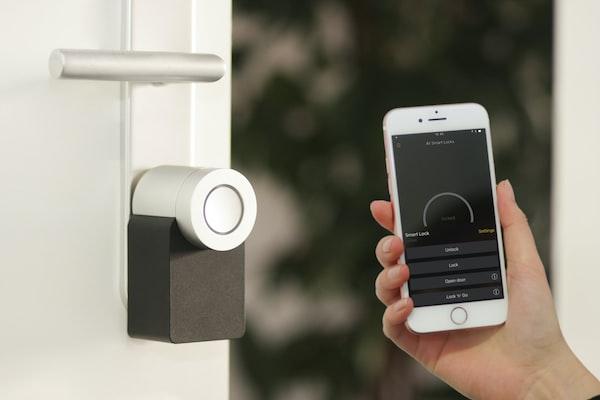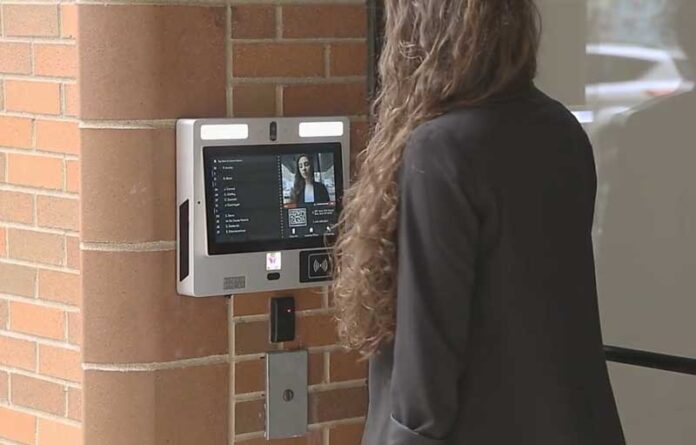In today’s world, tenant safety is a top priority for building owners and property managers. Ensuring a secure living environment not only helps retain current tenants but also attracts new residents who value their well-being. In this article, we’ll explore key methods that building owners can implement to improve tenant safety. Keep reading to learn more about each of these strategies.
Upgrade and Maintain Access Control Systems

One of the most effective ways to enhance tenant safety is by upgrading and maintaining access control systems. These systems are responsible for regulating who can enter and exit the building, ensuring that only authorized individuals have access to the premises. A reliable access control system should include features like key card entry, audio and video communications, and smart locks.
Building owners should regularly assess their access control systems to ensure they are functioning properly and address any vulnerabilities. For example, broken locks should be promptly repaired or replaced to maintain a secure environment.
One such example of a reliable access control solution is the ButterflyMX intercom system. Not only can it be easily installed and managed, but it offers several key security features, such as video calling, virtual keys, and smartphone access. ButterflyMX reviews consistently highlight the system’s ease of use and convenience for both property managers and building occupants.
Establish a Clear Visitor Sign-in Procedure
In the same vein as the above example, another way building owners can enhance tenant safety is by establishing a clear visitor sign-in procedure. Implementing a visitor sign-in procedure starts with ensuring that everyone who enters your building is identified. You can achieve this by providing visitors with visitor badges or requiring them to sign a logbook or register at the front desk. It’s crucial to ensure that all visitors sign in before entering the building beyond the lobby area. This approach can help you keep track of who is in the building at any given time. It’s also essential to make sure that your staff is trained to implement the sign-in procedure effectively, including checking identification and enforcing compliance.
Invest in Cutting-Edge Security Technology
Another crucial aspect of tenant safety is implementing advanced security technology to monitor and protect the property. In addition to access control systems, installing a comprehensive security camera network can deter potential criminals and provide valuable visual insights around the property. Additionally, integrating video systems with a central security hub streamlines communication between security staff, property managers, and residents, allowing for quick and efficient responses to any issues or concerns.
Consider seeking advice from security experts to identify potential risks and implement tailored solutions for your property. This might involve introducing cameras, motion-activated lights, or alarms to enhance overall security.
Lastly, be transparent with residents about the security measures in place. This will not only provide peace of mind but also enable tenants to take any additional personal precautions they deem necessary, further ensuring their safety and security.
Promote a Strong Sense of Community
Building a strong sense of community within a residential property can also contribute to improving tenant safety. When residents know and trust their neighbors, they are more likely to look out for one another and report any suspicious or concerning activities. Property managers can encourage community building by hosting regular events, providing opportunities for residents to connect and get to know one another on a personal level.
In addition, establishing an organized tenant association or community-watch program can further promote security on the property. These groups can work together to identify and address security concerns as they arise while also acting as advocates for all residents in ensuring that security and safety measures are enforced effectively.
Implementing community-wide communication channels, such as newsletters or online platforms, can also help keep residents informed and engaged, fostering a sense of collective responsibility for maintaining a safe and secure living environment.
Identify Potential Safety Hazards
As a building owner, ensuring the safety and security of your tenants should be a top priority. There are several steps you can take to identify potential safety hazards and reduce the risk of accidents and injuries.
One of the first things you should do is conduct a thorough safety audit of your property. This will involve inspecting everything from the structure of the building to the electrical and plumbing systems. Look for any potential hazards such as loose wiring, leaky pipes, or damaged flooring. You should also ensure that all safety equipment is functioning correctly, including smoke detectors, fire extinguishers, and emergency exits.
Once you have identified any potential hazards, it’s essential to take action and make necessary repairs or upgrades. This may include repairing damaged flooring or installing non-slip mats in high-traffic areas to prevent slips and falls.
By taking these proactive steps and being vigilant about safety, building owners can create a secure environment that will benefit both tenants and the overall community.
Provide Ample Resources for Emergency Preparedness

Finally, ensuring tenants are prepared for emergencies will significantly enhance their safety. This means providing resources and training on fire safety, evacuation procedures, and emergency contact information. Moreover, property managers should regularly inspect and maintain fire alarms, extinguishers, and exit signs to ensure they’re functioning properly and clearly visible to residents.
Conducting periodic fire drills can help familiarize tenants with evacuation procedures while also identifying areas for improvement, such as blocked exits or insufficient signage. Developing a clear emergency communication plan and sharing it with tenants will also ensure residents know whom to contact and the appropriate steps to take in the event of an emergency.
Furthermore, educating residents on the importance of having their own personal emergency preparedness plan and supplies, such as first aid kits, non-perishable food, and water supplies, can put them in a better position to handle unforeseen circumstances and further enhance their safety.
Overall, building owners can significantly improve tenant safety by considering access control systems, advanced security technology, a strong sense of community, and emergency preparedness. By implementing these strategies, property managers can provide a secure and comfortable living environment where residents feel protected and at ease.










